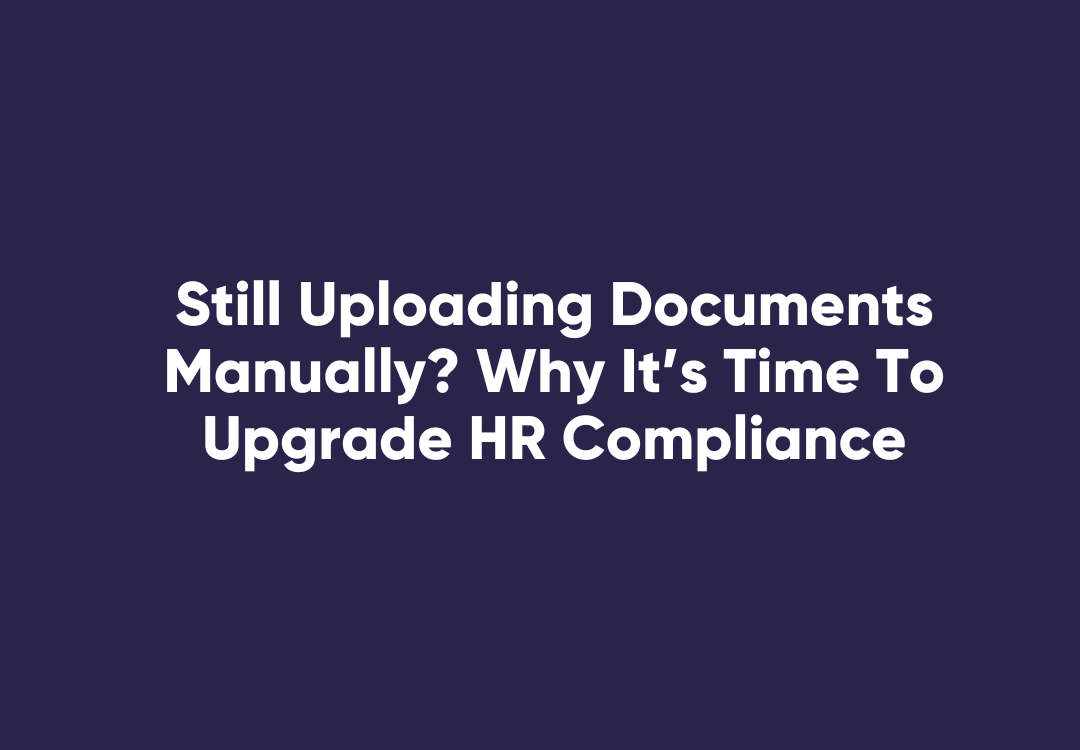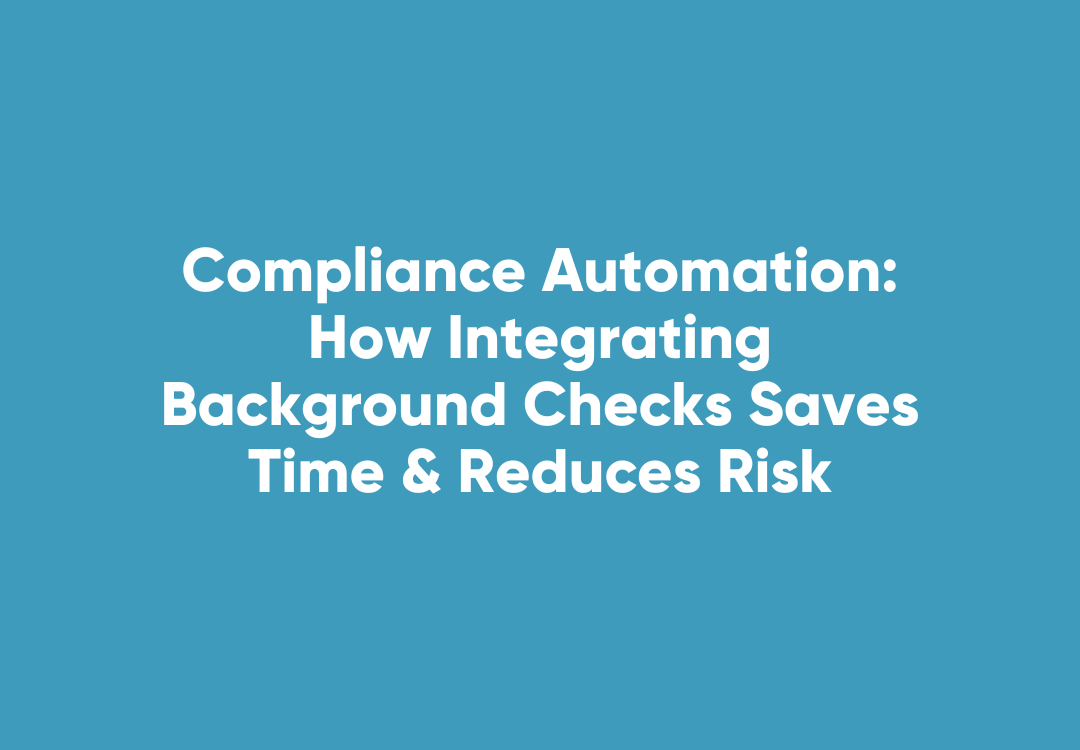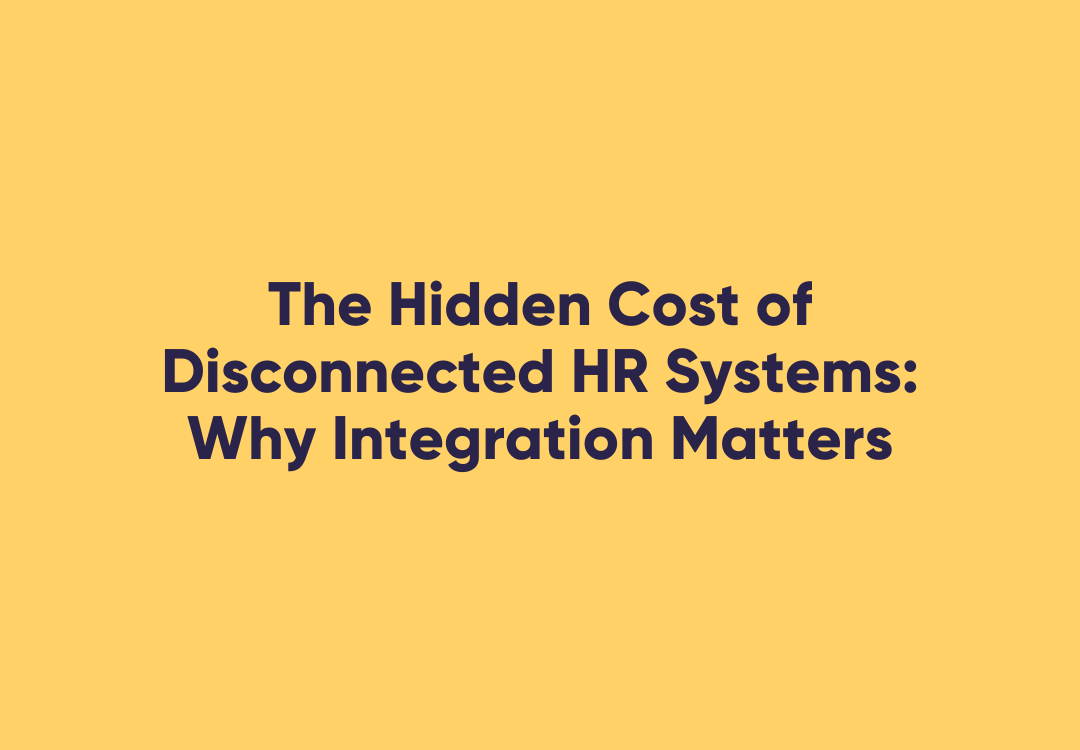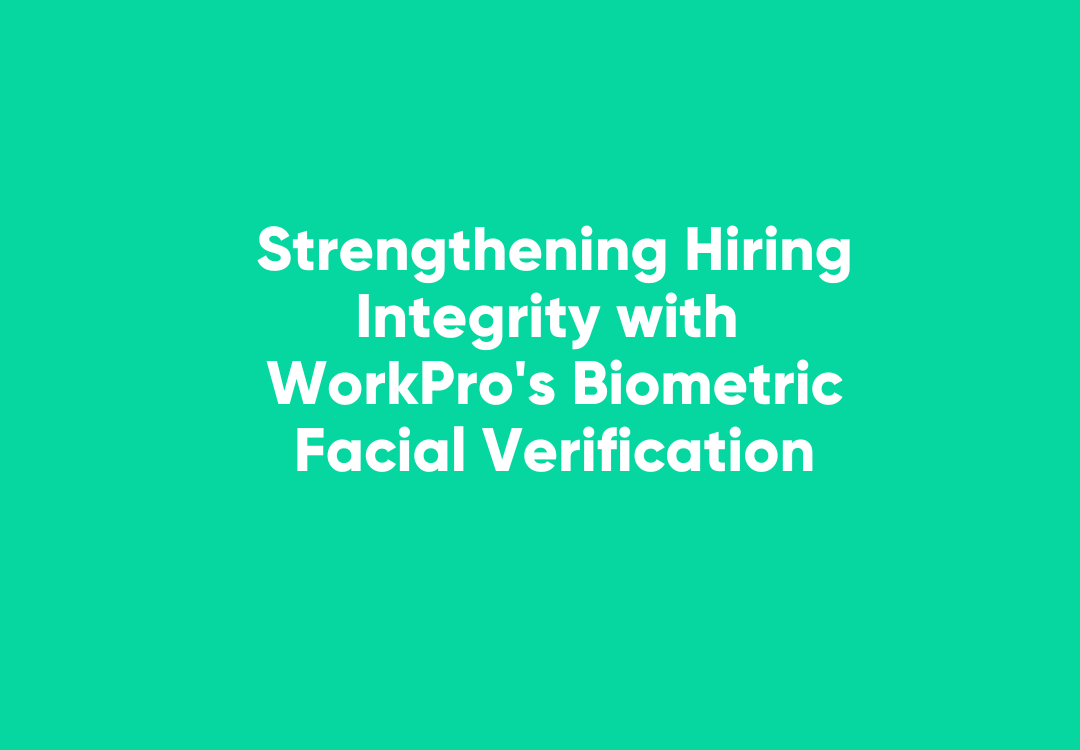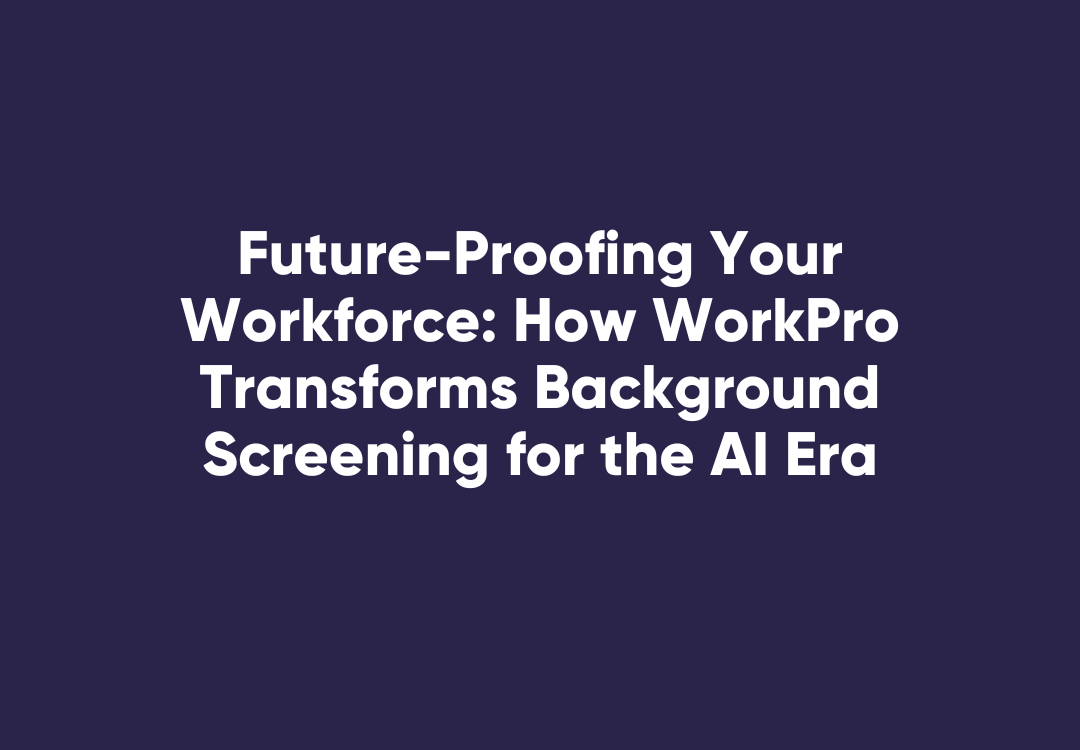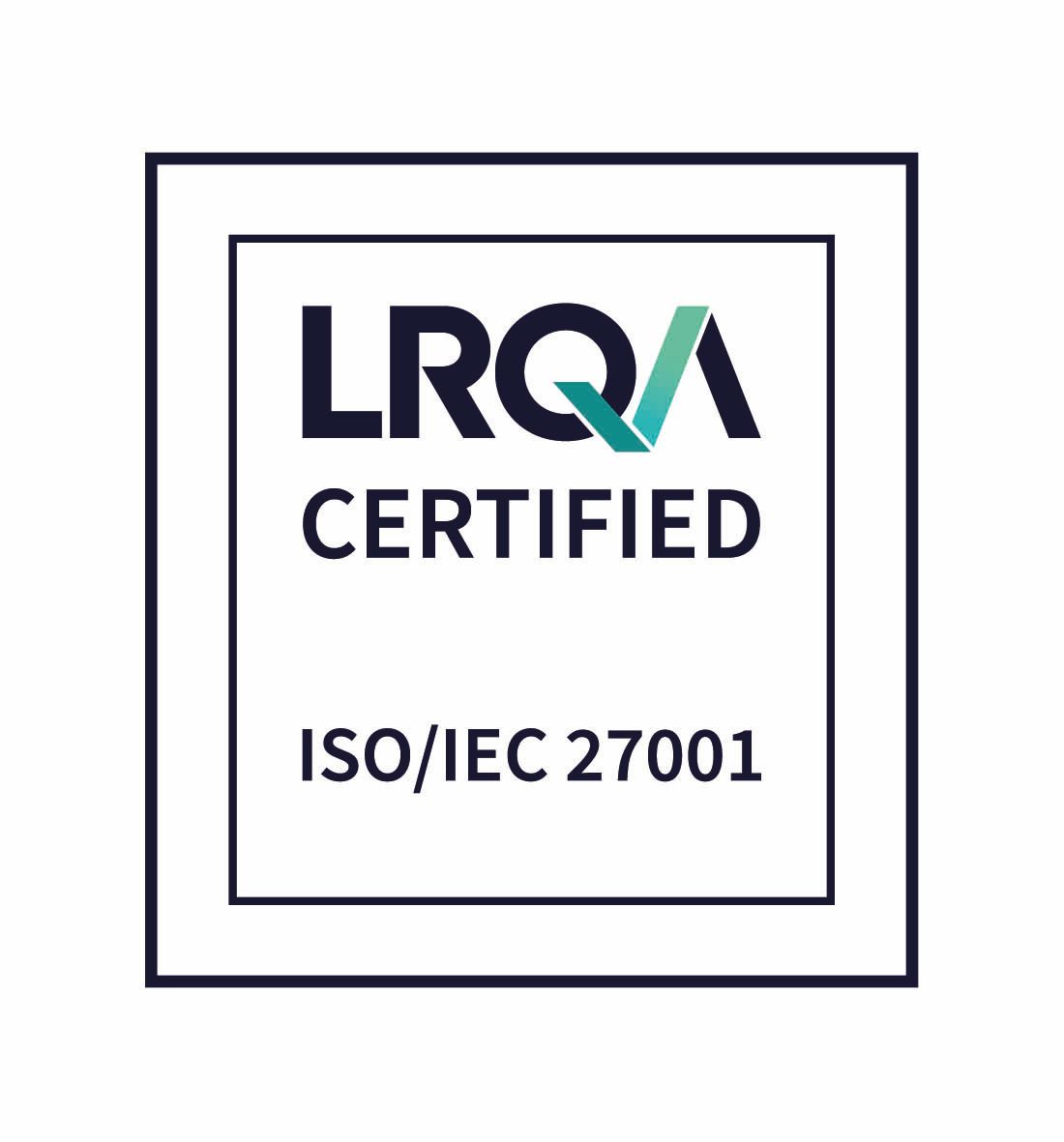Understanding Your On-Hired Worker Obligations
Compliance is a topic that needs to constantly be at the forefront of every employer or recruiter's mind. It is essentially a full-time role in itself staying informed about changes to legislation, employee rights, and legal obligations, and making sure your systems, procedures and communication channels are in place, to assist in tracking and managing the processes.
When you ‘on-hire’ or contract staff to work at any employer or organisation premises, the process of managing the arrangement is even more complex and elongated due to the ‘employee’ not being under your day-to-day management, the premises not being managed under your guide, and the workers duties being supervised by another individual who is not employed directly by your organisation. Add to this to sometimes fast nature of some ‘on-hire’ work, it can be a tricky situation.
Regardless of whether an individual is ‘on-hired’ temporarily for a few hours, or a long-term contract, your organisation has the same obligations as those individuals who may be contracted over a long period of time.
In short, just considering compliance, your obligations include:
- Checking and validating the person’s citizenship, copying their passport, and if they are a non-Australian citizen, confirming their rights to work in Australia and then tracking and re-checking visa status in the future.
- Conducting a work environment safety assessment, confirming and documenting the safety elements of the person’s role, conducting an assessment of the task/role and determining the person who will be supervising the worker.
- Delivering a safety induction to the individual, including:
- a job/industry general induction
- a specific on-the-job induction related to the working environment
- a task safety induction, to which they are assigned.
- Communicating to all parties their role and obligations where safety is concerned
- Delivering the person a copy of the Fair Work Statement
- Delivering bullying, discrimination and harassment information and education
- Validating and copying evidence of any particular licences that are necessary for the role, and tracking and managing the currency of those licences
- Checking and validating the qualifications of the individual
- Conducting a police check as required
- Ensuring the privacy of information of all of the parties
All of the above refers only to legal compliance, and hasn’t addressed salary, contracts/agreements, timesheets, and superannuation.
The reality is, although workplaces are dynamic in nature, and from time to time, an employer may require resources to be dispatched to another area to assist in workload, it is critical to ensure that the person has the skills for the role, is inducted and provided necessary training and that the employee and the labour hire firm are informed and have the opportunity to speak to the employee/worker.
There are a lot of compliance components to keep on top of when it comes to the employment and safety of on-hire workers. Having the correct procedures in place from the very beginning of the hiring process through to comprehensive and industry-specific inductions allows you to ensure your workforce is safe from day one and continues to be safe no matter what.
We’ve constructed a practical and comprehensive guide to help you navigate your on-hire worker compliance. Whether it be organisations that place on-hire workers or the host company where the worker is placed, our 'On-Hire Worker Health & Safety' Guide' is aimed at helping both parties understand and work through their health and safety obligations collaboratively and agree on a plan that ensures on-hire workers stay safe during their on-site engagement.





